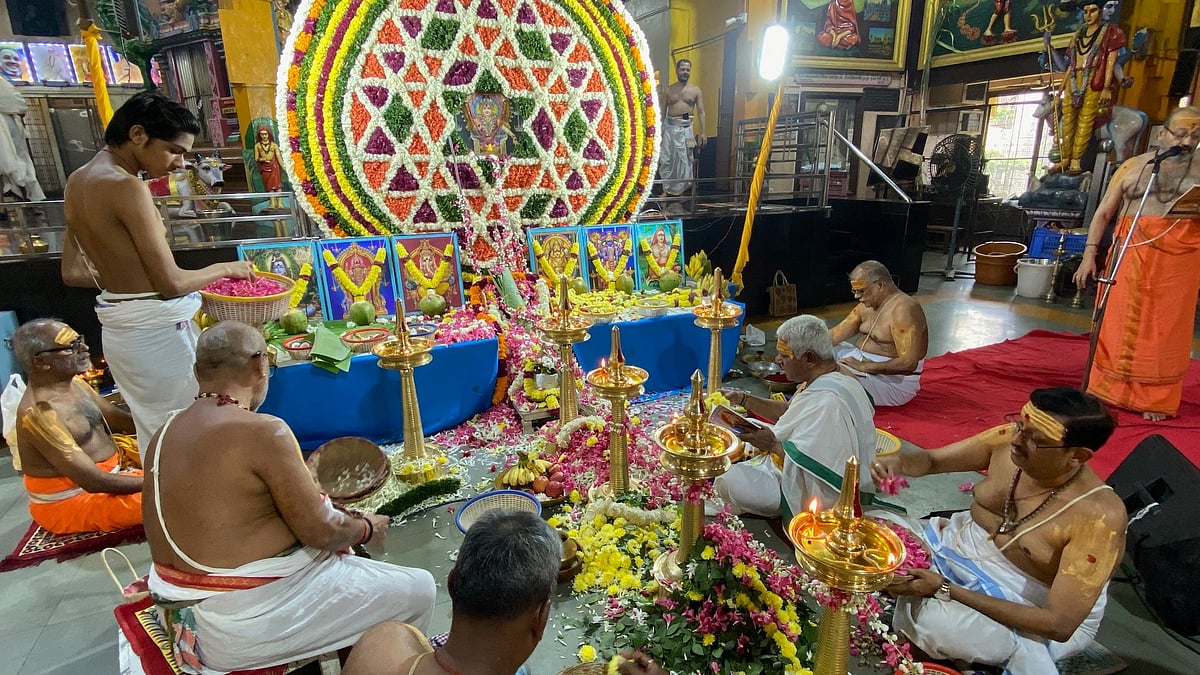Dubbed the ‘Festival of Colours’ or the ‘Festival of Love’, Holi marks the victory of good over evil. But unlike the earlier happier times when colours were made out of natural sources like plant leaves and fruit pulps, packets of chemical-laden colours are being sold in the market. The appeal for using eco-friendly colours isn’t new. Maybe Rashmi Bharti’s testimonial will make you rethink your choices this festive season!
“I know people who are struggling with skin-related issues after having played Holi with artificial colours,” says Bharti, co-founder of Avani — an Uttarakhand-based voluntary organisation working towards developing sustainable livelihoods in rural communities.
“Avani has been consciously creating eco-friendly and safe colours by using organic sources like vegetables, fruits and leaves,” she adds. “It has been little over six years since we started this line of sustainable products. While there is a genuine increase in the demand for these colours, it is not enough! Its frustrating rather that the so-called urban, educated population still doesn’t know the repercussions of using hazardous colours packed with industrial chemicals.”
What is the difference?
Dr Ravindra Khaiwal is the professor of environment health and faculty nodal officer for the Centre of Excellence on Climate Change and Air Pollution-related illnesses, Ministry of Health and Family Welfare. In March 2022, his team at the Post Graduate Institute of Medical Education and Research, Chandigarh, launched an awareness booklet on celebrating an eco-friendly Holi. The aim was to motivate the general public to celebrate the festival using healthy practices to ensure environmental sustainability and to promote human well-being.
When we ask him about the difference between artificial and organic colours, he says, “Some of the chemicals used in making synthetic colours include lead oxide (black colour), mercury sulphite (red), copper sulphate (blue), aluminium bromide (silver), Prussian blue (dark blue), malachite green (green) and rhodamine B (pink).”
These chemicals can cause skin irritation, rashes, and allergic reactions. “They can also be harmful if ingested or inhaled, leading to more severe health problems like asthma, nausea, and even cancer. Additionally, when these colours are washed off, they can contaminate water sources and harm aquatic life. They can also be difficult to dispose of properly and can pollute the environment,” Dr Khaiwal adds.
So, what are eco-friendly colours and how are they made, we ask. “They are made using natural ingredients like plant extracts, minerals, and non-toxic chemicals, and are biodegradable, meaning they don’t contribute to pollution,” he continues.
However, it is important to note that not all packets sold under the tag of “eco-friendly colours” are authentic and safe for use. “Some companies may use the term as a marketing ploy without actually using environmentally friendly practices,” he warns.
Don’t get conned
Aparajita Ashish is the director of the Animal Climate and Health Save Foundation (India) — a community that promotes veganism and sustainability. Every year, they organise vegan Holi events across India. In order to maintain safety standards, the organisation prepares colours in-house.
“The colour red is obtained from dried hibiscus flowers or madder root,” she says, adding, “Turmeric which has a natural deep yellow hue is used to make yellow colour. Green colour can be obtained from neem leaves or spinach. Indigo is used to make blue colour. To make the colour purple, beetroot can be used. Pink colour comes from beetroot powder or rose petals.”
After the natural ingredients are ground into a fine powder, they are mixed with water to create a paste. “The paste is then left to dry, and once it is completely dry, it can be used as an eco-friendly colour in powder form, paste or liquid as you fancy,” she adds.

But as Dr Khaiwal warned, it is very difficult for a buyer to differentiate between harmful and safe colours. So, she offers a tip: “Look for products that have a clear label indicating the ingredients used. Look for certifications like USDA Organic, EcoCert, or Green Seal on the packet. Check online reviews of the product to see what other customers have to say. If a lot of customers complain that the product is not eco-friendly, it’s probably true.”
Or best, you can make your own colours at home using natural ingredients. The benefit? It is cost-effective! “It is also a fun activity to do with family and friends, and you can customise the colours to your liking,” she says.
And for those who think eco-friendly colours are a “farce”, trust us when we say, they are not!
How to wash it off?
Dr Batul Patel, celebrity dermatologist and founder of The Bombay Skin Clinic, offers a step-by-step guide to wash off the colours post Holi celebration.
Post celebration, the colours should be washed off with lukewarm water
For the face, very little lemon mixed with honey, brown sugar (finely ground) and aloe vera can be used as a cleanser to remove stubborn stains, if any. You can then apply a thick layer of a skin barrier repair cream containing ceramides as this would help hydrate the skin
Wash your hair immediately with a mild shampoo and conditioner. A deep infusion mask can be applied to the hair to repair any damage.












